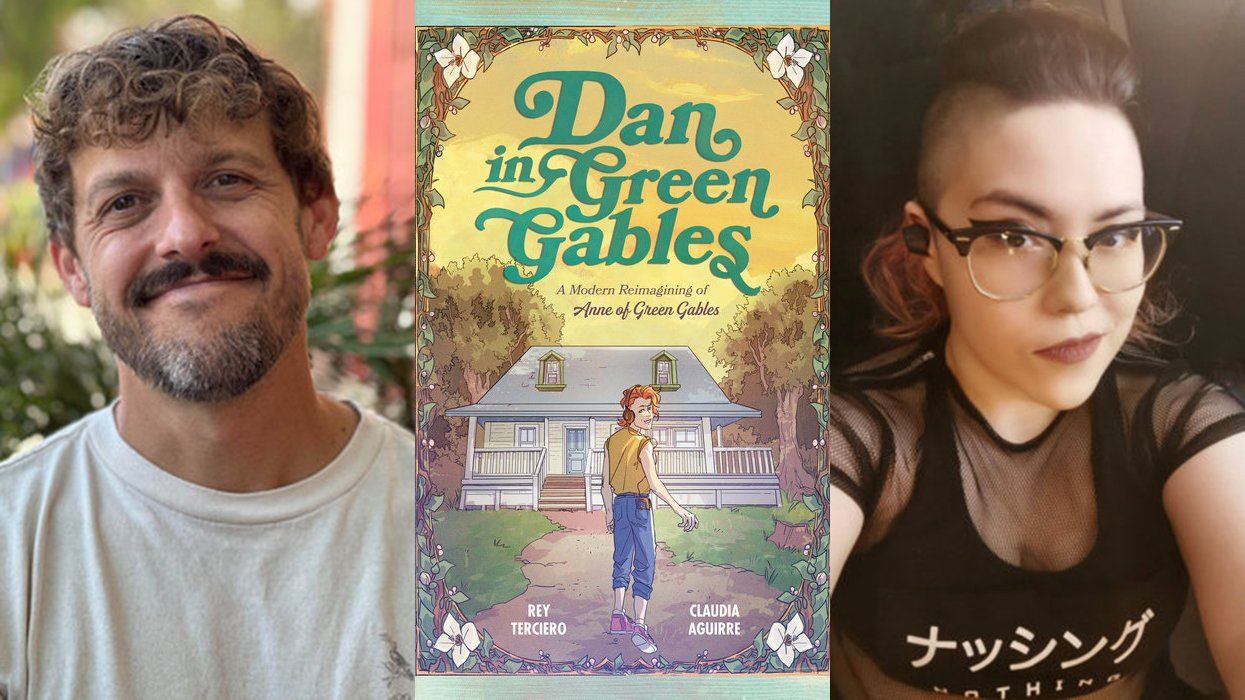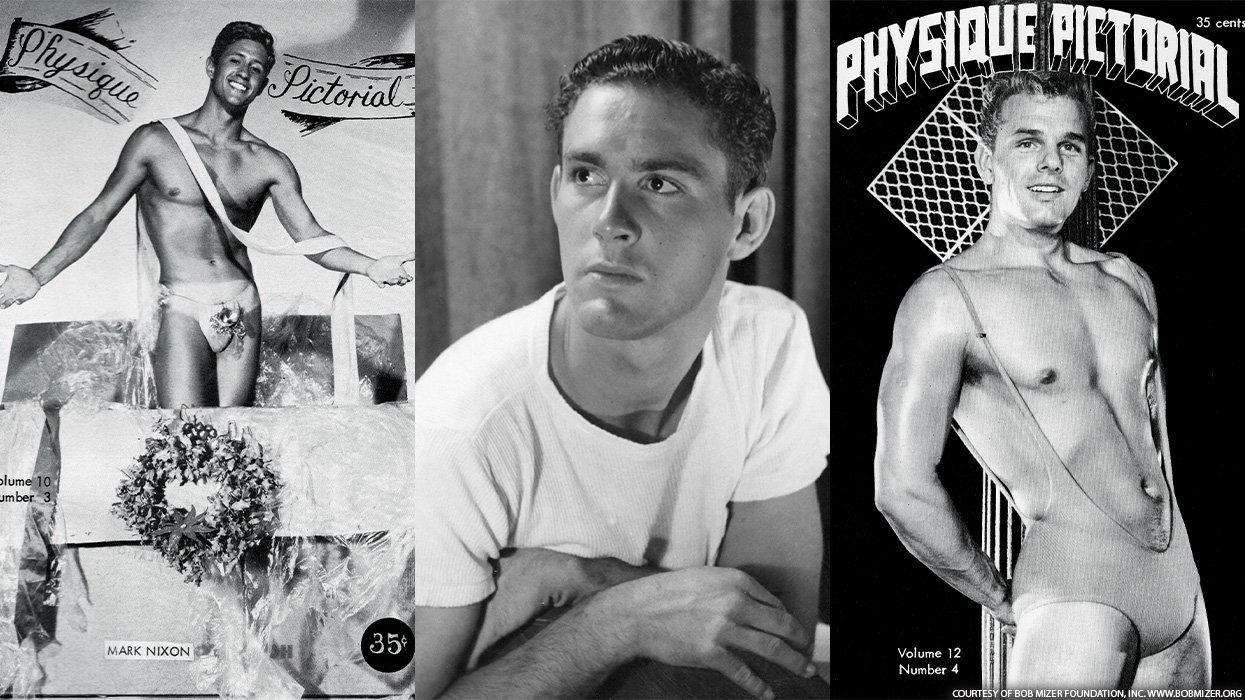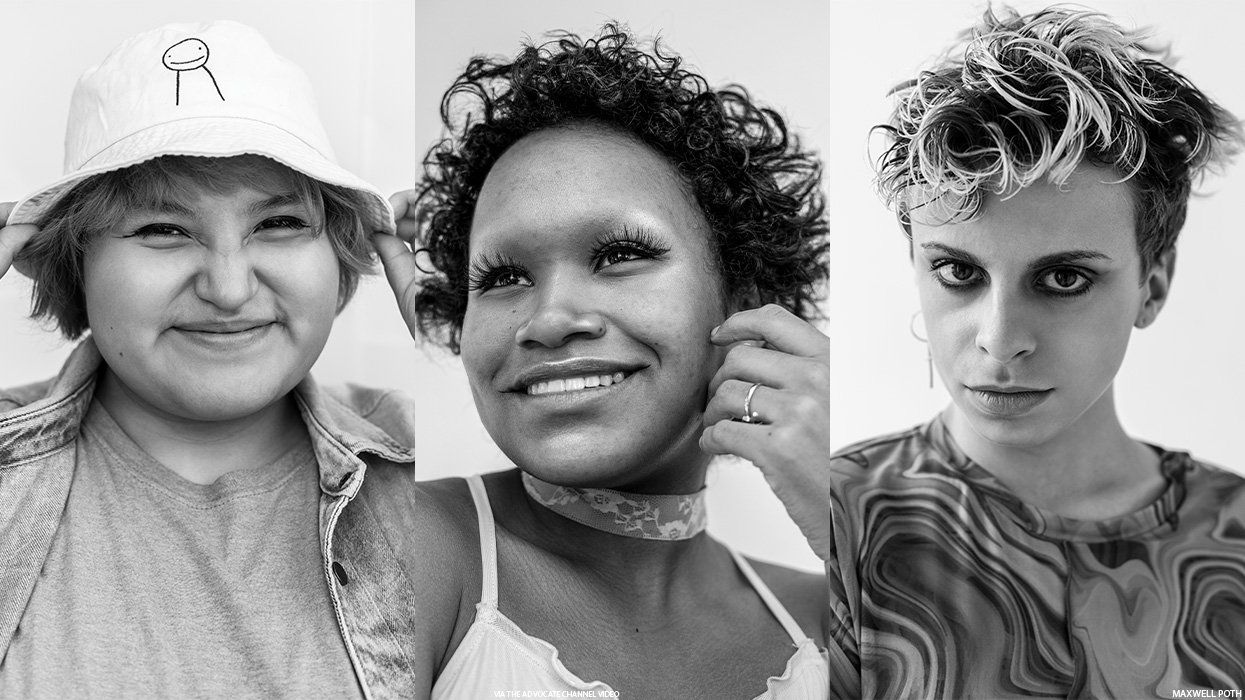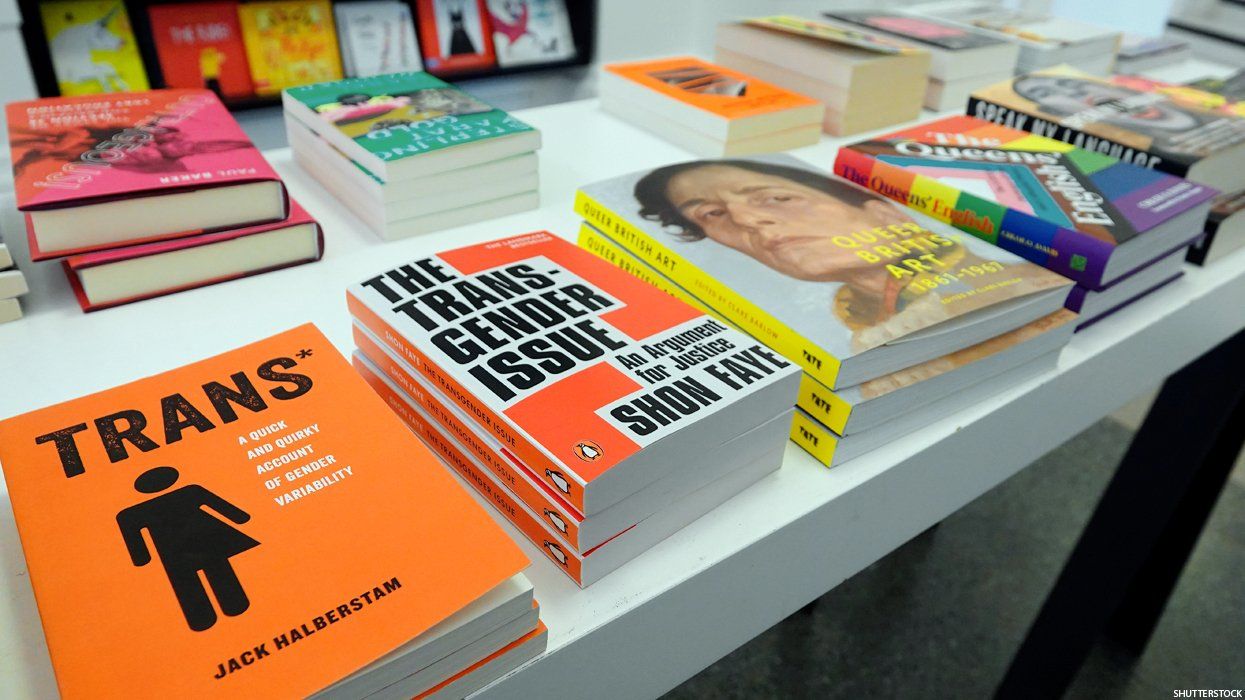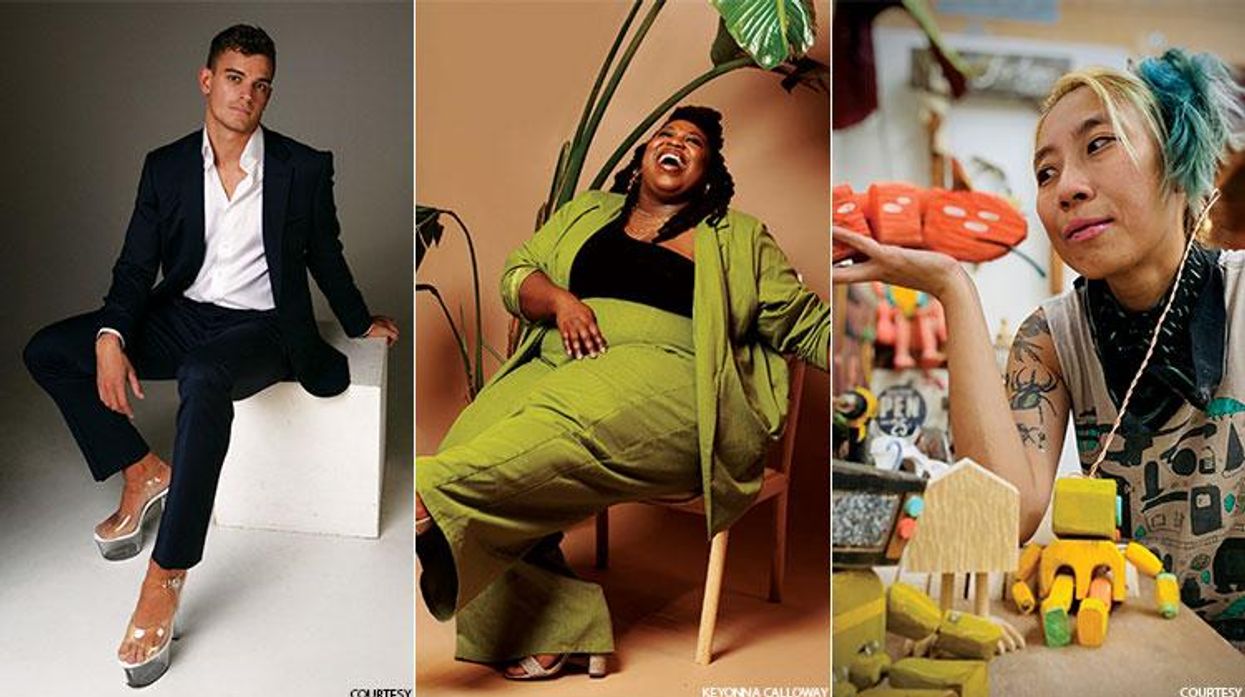STEP ONE: Figure out what you want
Be flexible. Gallery owner and Work of Art judge Bill Powers suggests investing in an artist-edition T-shirt, like those by Hanna Liden and Adam McEwen at The Reformation ($75; TheReformation.com) or a Richard Prince Skull Bunny Shopping Bag, made for the 1991 Art Basel fair, available at Printed Matter ($150; PrintedMatter.org).
STEP TWO: Decide where to buy it
"If you focus on the younger galleries--the ones with emerging artists--the opportunities for buying work that is affordable are exponentially higher," says Lowell Pettit, co-director and art consultant at Pettit Art Partners. "Additionally, there are seasonal auctions from big auction houses, where occasionally there are total finds. Museums usually have annual benefits and do artist multiples. Those tend to be extremely high quality and are often affordable." And don't forget: It's common to ask for a discount up front.
STEP THREE: Buy your first piece
"Until you get to the upper-middle tier of galleries, you're essentially in a retail establishment," says Risa Needleman, who owns Invisible-Exports gallery. "Don't be scared to ask questions of anyone and everyone. Talk to a gallerist. They'll be excited to help."
STEP FOUR: Have your art framed
"If your art is valuable, or sentimentally valuable, you want to choose a framer who uses archival or museum-quality products," say Corinne Takasaki and Elena Muldoon, owners of City Frame. Another alternative: Have a custom mat cut to sit in a pre-made frame to give it a more refined look. Takasaki and Muldoon suggest looking for secondhand frames (pictured above; $39.99; Junk, Brooklyn, N.Y.) and having new mats and glass popped in for a fraction of the cost of a made-to-measure piece.
STEP FIVE: Decide where to hang it
"The actual hanging is very important. You have to figure out your wall construction and use the proper hanging hardware," warns Gregory Dufner of interior design firm Dufner Heighes. And don't stick to the spot just above your couch, his partner, Daniel Heighes Wismer, adds: "You should have something really inspiring and personal in your walk-in closet or kitchen -- something that makes you want to face the world."
STEP SIX: Learn to talk about it
"You need to know why you bought the artwork," says Wayne Snellen, director of collections at the Leslie/Lohman Museum of Gay and Lesbian Art. "You can't just say, 'I like it.' You need to say why." Remember to keep accurate records -- where you purchased a piece and for how much. "You not only need to know the background of the artist, but you need to figure out what it is you like about the piece so you can explain that," says Snellen.








